Can Cats Taste Spice?
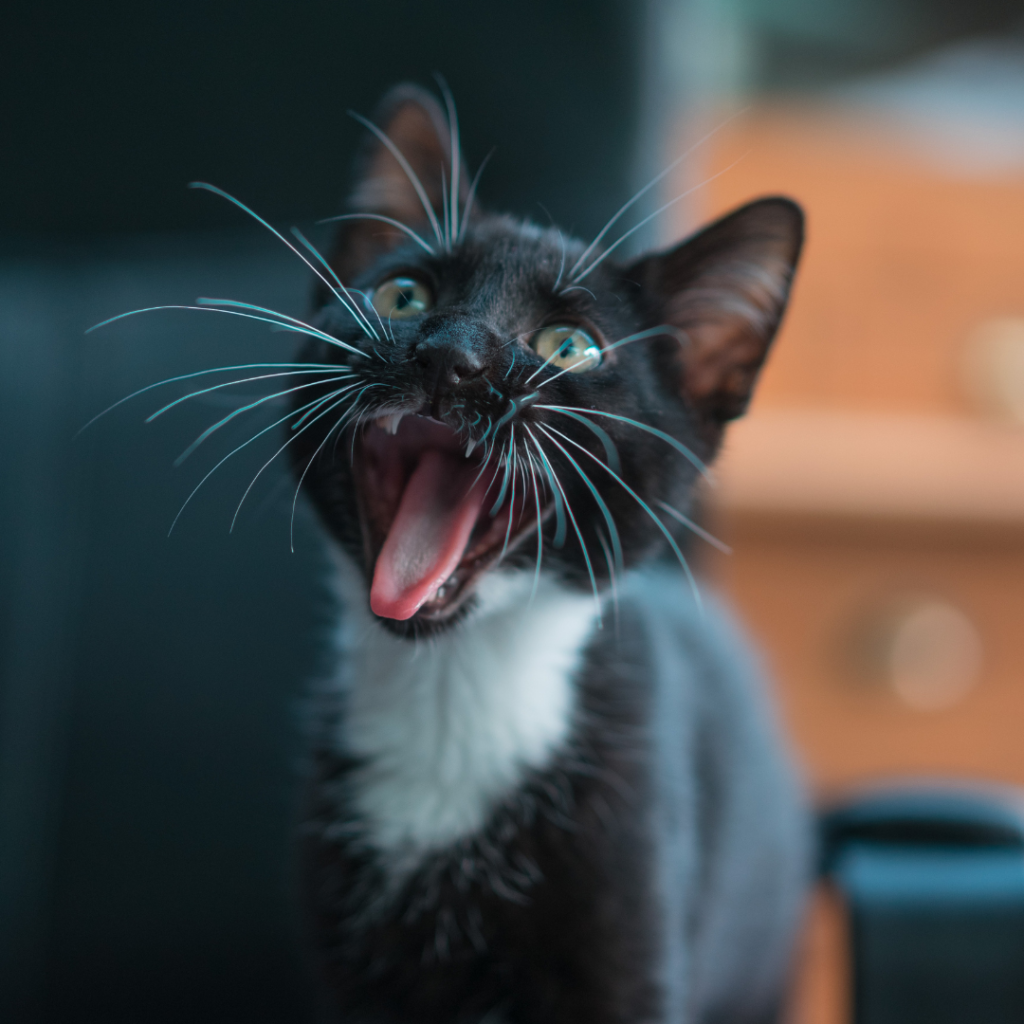
Can Cats Taste Spice? Unveiling the Feline Palate’s Spicy Secrets
Cats have long captured our hearts with their enigmatic nature and curious behaviors. From their insatiable love for boxes to their sophisticated grooming routines, felines never fail to fascinate. One aspect that often piques the curiosity of cat lovers is their dietary preferences. Specifically, can cats taste spice? In this article, we delve into the world of feline taste buds and explore whether our feline companions have the ability to perceive and appreciate the complex flavors of spices.
Understanding Feline Taste Buds
To comprehend whether cats can taste spice, we must first understand their sense of taste. Like humans, cats possess taste buds on their tongues that allow them to perceive various flavors. However, the feline palate is notably different from ours. Cats are obligate carnivores, meaning their natural diet primarily consists of meat. Consequently, their taste buds have evolved to focus more on detecting and savoring meaty flavors rather than the wide range of tastes humans can appreciate.
While humans have around 9,000 taste buds, cats have fewer, estimated to be around 470. This difference is a result of their dietary specialization, as cats prioritize the detection of amino acids, which are abundant in meat. The reduced number of taste buds and their selective nature indicate that cats may not possess the same ability to taste spice as humans do.
Sensitivity to Flavors
Although cats may not share our affinity for spice, they still possess the ability to perceive and differentiate between various flavors. Their taste receptors can detect sweet, sour, salty, and bitter flavors. This broad range of taste perception ensures that cats can enjoy the nuances of their preferred food sources.
Regarding spice, cats have a heightened sensitivity to bitterness. This sensitivity is an evolutionary trait designed to protect them from consuming potentially toxic substances. Many spices, such as chili peppers, contain compounds like capsaicin, which impart a spicy, pungent taste. Capsaicin triggers the sensation of heat and pain in humans but has a much milder effect on cats. Consequently, cats are less likely to find spice palatable due to their sensitivity to the bitter components present in many spices.
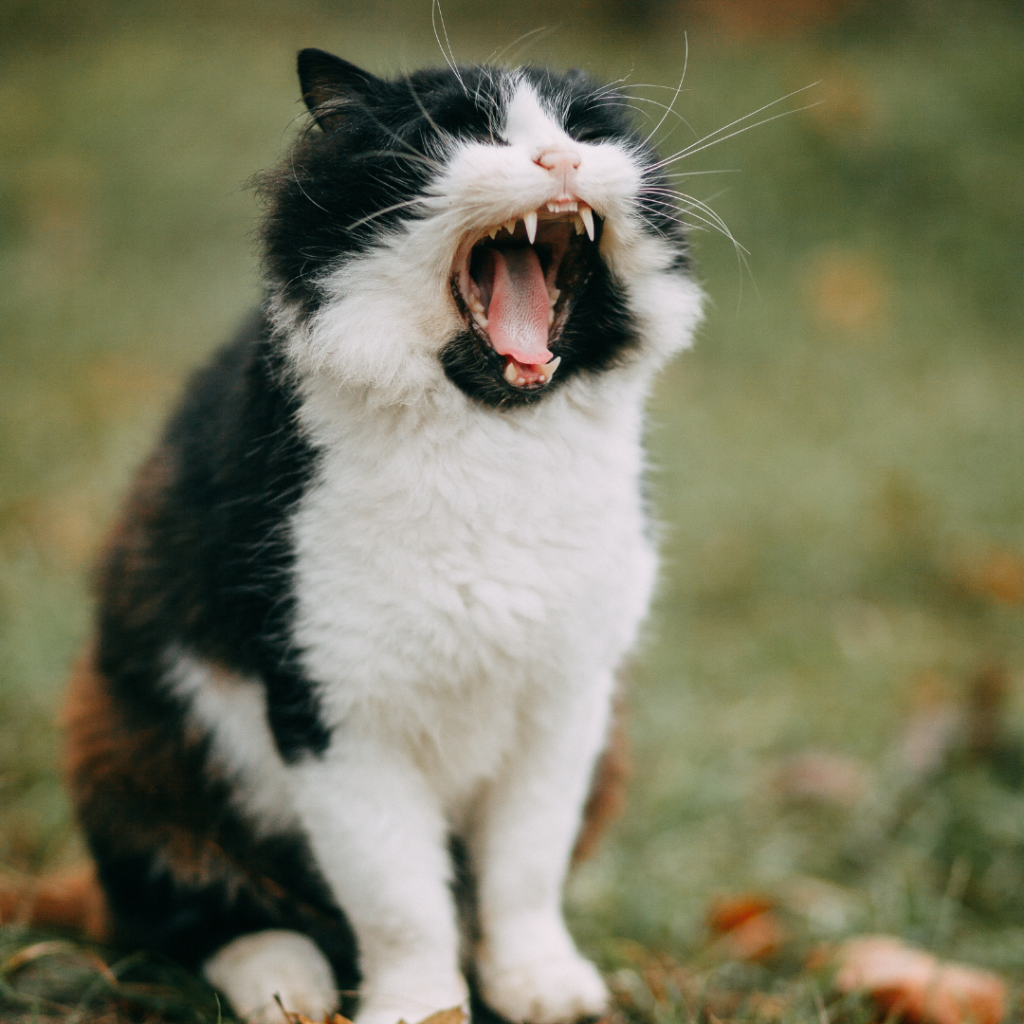
Preferences and Individual Variations
It’s important to note that while cats may not have an innate appreciation for spice, individual preferences can vary. Some cats may exhibit a tolerance or even a liking for certain spices or flavors. This can be attributed to factors such as exposure, genetics, and environmental influences.
Furthermore, the way a spice is presented can influence a cat’s response. For instance, if a spice is incorporated into their regular food in a well-disguised manner, they may be less likely to detect it or find it off-putting. However, it is crucial to exercise caution when introducing new flavors into a cat’s diet, as certain spices can be harmful or even toxic to them. Always consult with a veterinarian before adding any new ingredients to your cat’s food.
In summary, can cats taste spice? While cats possess taste buds and can perceive a range of flavors, their specialized dietary requirements and selective taste receptors make them less inclined to appreciate the complexities of spices like humans do. Their heightened sensitivity to bitterness further diminishes their affinity for spice. Nonetheless, individual variations and preferences exist among cats, and some may exhibit a tolerance or liking for certain spices. Ultimately, understanding and respecting a cat’s dietary needs and preferences is essential for their overall well-being.
Effects of Spice on Cats:
While cats may not be keen on spicy flavors, it’s crucial to understand the potential effects of spice on their health:
- Digestive Upset: Spicy foods can irritate a cat’s digestive system, leading to symptoms such as vomiting, diarrhea, or abdominal discomfort. Cats have sensitive stomachs, and introducing unfamiliar spices can disrupt their gastrointestinal balance.
- Oral and Throat Irritation: Spices like chili peppers contain compounds that can cause irritation and discomfort when ingested. Cats may experience burning sensations in their mouths and throats, leading to excessive drooling or pawing at their mouths.
- Respiratory Issues: Inhalation of spicy aromas or particles can irritate a cat’s respiratory tract, causing coughing, sneezing, or difficulty breathing. Cats have sensitive nasal passages, and exposure to strong spices may trigger respiratory distress.
- Allergic Reactions: Some cats may be allergic to certain spices, leading to allergic reactions such as itching, skin rashes, or swelling. It’s essential to monitor your cat for any signs of allergic sensitivity when introducing new ingredients into their diet.
- Toxicity Risk: Certain spices, such as garlic, onion, or nutmeg, are toxic to cats and can cause serious health complications or even be fatal if ingested in large quantities. Even small amounts of these spices can have adverse effects on a cat’s health, so it’s crucial to avoid feeding them to your feline companion.
Given the potential risks associated with spice consumption in cats, it’s best to err on the side of caution and refrain from offering them spicy foods or seasonings. Instead, focus on providing a balanced and nutritious diet tailored to their specific dietary needs and preferences.
Alternatives to Spice:
While cats may not appreciate the heat and intensity of spicy flavors, there are plenty of other ways to enhance their meals and provide variety in their diet:
- Protein Variety: Offer a diverse selection of high-quality proteins such as poultry, fish, and lean meats to keep your cat’s meals interesting and nutritious.
- Texture and Consistency: Experiment with different textures and consistencies, such as shredded, minced, or pâté-style foods, to cater to your cat’s preferences and encourage mealtime enjoyment.
- Natural Flavor Boosters: Incorporate natural flavor enhancers like bone broth, tuna water, or freeze-dried meat to add depth and richness to your cat’s meals without the need for spicy seasonings.
- Herbs and Catnip: Introduce safe herbs like catnip, parsley, or cat grass into your cat’s diet as flavorful and aromatic additions that appeal to their senses.
- Rotational Feeding: Rotate between various flavors and formulations of commercial cat food to prevent mealtime monotony and ensure a well-rounded diet.
By focusing on wholesome and species-appropriate ingredients, you can provide your cat with delicious and nutritious meals that cater to their unique taste preferences and dietary requirements.
Consultation with a Veterinarian:
If you’re unsure about whether a particular ingredient or spice is safe for your cat, don’t hesitate to consult with a veterinarian. A veterinarian can offer personalized advice and guidance based on your cat’s individual health status, dietary needs, and any underlying medical conditions. They can also help you navigate the complexities of feline nutrition and make informed decisions about your cat’s diet and overall well-being.
Ultimately, prioritizing your cat’s health and happiness means understanding their dietary preferences and providing them with safe and nutritious meals that support their overall health and vitality. While cats may not share our love for spice, there are plenty of ways to enrich their dining experience and ensure they enjoy every mealtime moment to the fullest.
Check out our Latest Cat Recipes:
- Tuna and Vegetable Cat Lunch Recipe
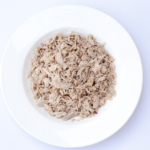 Wholesome and Nutritious Cat Lunch: Tuna and Vegetable Delight When it comes to preparing a delicious and nutritious lunch for your feline companion, it’s important to prioritize their unique dietary needs. Cats require a balanced diet that includes high-quality protein and essential nutrients. In this recipe, we will guide you through the steps of creating… Read more: Tuna and Vegetable Cat Lunch Recipe
Wholesome and Nutritious Cat Lunch: Tuna and Vegetable Delight When it comes to preparing a delicious and nutritious lunch for your feline companion, it’s important to prioritize their unique dietary needs. Cats require a balanced diet that includes high-quality protein and essential nutrients. In this recipe, we will guide you through the steps of creating… Read more: Tuna and Vegetable Cat Lunch Recipe - Nutri-Paws Gourmet
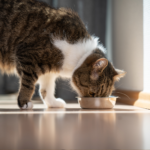 Nutri-Paws Gourmet: A Wholesome and Flavorful Homemade Meal for Your Beloved Feline As caring cat owners, we always want to provide our furry companions with the best nutrition possible. While commercial cat food can be convenient, preparing a homemade meal allows us to ensure that our cats receive a wholesome and flavorful diet. This recipe,… Read more: Nutri-Paws Gourmet
Nutri-Paws Gourmet: A Wholesome and Flavorful Homemade Meal for Your Beloved Feline As caring cat owners, we always want to provide our furry companions with the best nutrition possible. While commercial cat food can be convenient, preparing a homemade meal allows us to ensure that our cats receive a wholesome and flavorful diet. This recipe,… Read more: Nutri-Paws Gourmet - Purrfectly Nourishing Feast
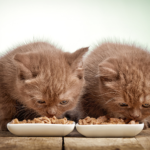 Purrfectly Nourishing Feast: A Homemade Delicacy for Your Feline Companion As cat owners, we strive to provide our furry friends with a balanced and nutritious diet. While commercial cat food options are readily available, preparing a homemade meal allows us to have control over the ingredients and ensure our cats receive the best nutrition possible.… Read more: Purrfectly Nourishing Feast
Purrfectly Nourishing Feast: A Homemade Delicacy for Your Feline Companion As cat owners, we strive to provide our furry friends with a balanced and nutritious diet. While commercial cat food options are readily available, preparing a homemade meal allows us to have control over the ingredients and ensure our cats receive the best nutrition possible.… Read more: Purrfectly Nourishing Feast - Salmon Snacks for Cats
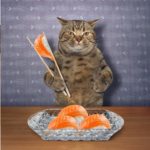 Salmon Snacks for Cats Treat your feline friend to a culinary adventure with these delicious salmon snacks. This homemade cat meal is specially crafted to provide a well-balanced and nutritious feast for your beloved kitty. Packed with protein, omega-3 fatty acids, and essential nutrients, this recipe combines the irresistible flavors of salmon, vegetables, and a… Read more: Salmon Snacks for Cats
Salmon Snacks for Cats Treat your feline friend to a culinary adventure with these delicious salmon snacks. This homemade cat meal is specially crafted to provide a well-balanced and nutritious feast for your beloved kitty. Packed with protein, omega-3 fatty acids, and essential nutrients, this recipe combines the irresistible flavors of salmon, vegetables, and a… Read more: Salmon Snacks for Cats - Gourmet Delights
 Gourmet Delights for Your Beloved Feline Friend Preparing a delicious and nutritious dinner for your cherished feline companion is a wonderful way to show your love and care. This recipe combines high-quality ingredients to create a wholesome and balanced meal tailored specifically for your cat’s needs. With a blend of protein, essential nutrients, and flavorsome… Read more: Gourmet Delights
Gourmet Delights for Your Beloved Feline Friend Preparing a delicious and nutritious dinner for your cherished feline companion is a wonderful way to show your love and care. This recipe combines high-quality ingredients to create a wholesome and balanced meal tailored specifically for your cat’s needs. With a blend of protein, essential nutrients, and flavorsome… Read more: Gourmet Delights